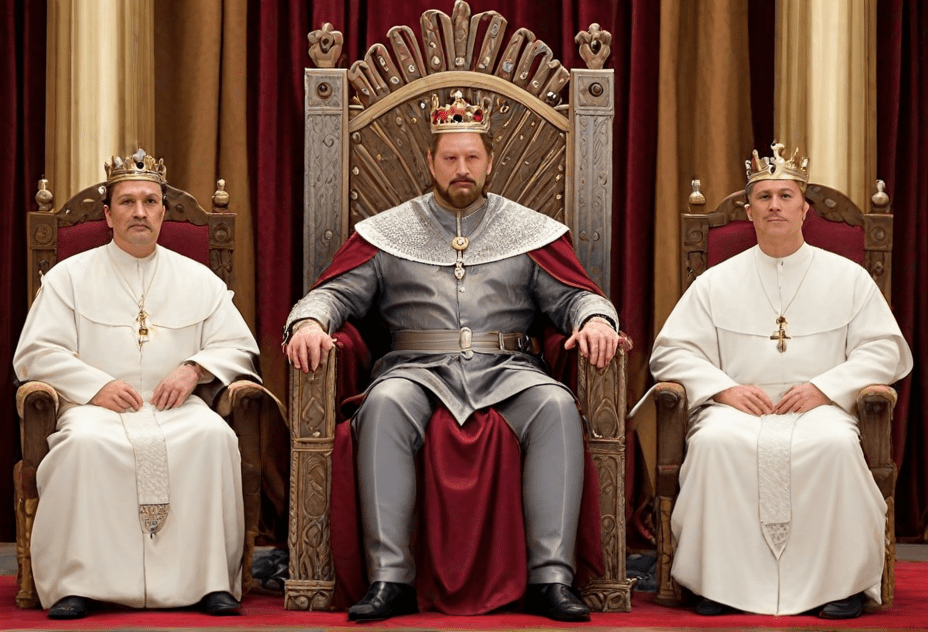What is the story behind digitalisation?
The Latin word for “digital” is “digitalis”.
British is Digitalisation; American is Digitalization.
The term “digitalization” refers to the process of converting analog information (such as audio recordings, photographs, and text) into digital format (such as computer files). This process began in the 1960s with the development of computers and digital technology, which made it possible to store, manipulate, and transmit digital data in a way that was not possible with analog technology.
One of the earliest examples of digitalization was the digitization of sound recordings. Early digital audio tapes (DATs) were developed in the late 1970s, but were not widely adopted until the 1980s, when compact discs (CDs) became popular. CDs offered higher sound quality than analog tapes and were more durable, making them the preferred format for music recordings.
The process of digitalization has continued to evolve, with the development of digital cameras, smartphones, and other digital devices that can capture, store, and transmit digital data. The widespread use of the internet has also played a major role in the digitalization of information, as it has made it easy to share and access digital data from anywhere in the world.
The impact of digitalization has been felt in nearly all aspects of modern life, including entertainment, communication, education, and business. The ability to quickly and easily share information has led to greater efficiency, innovation, and collaboration, but it has also brought new challenges, such as the need to protect digital data from unauthorized access and the need to manage the vast amounts of data that are created and stored.
This was the story behind digitalisation or in american digitalization.
FAQ – Frequently Asked Questions about the story behind digitalisation?
What is the story behind digitalisation?
Digitalisation is a process that began with the advent of digital technology and the internet. Over time, it has transformed how we live, work, and communicate. It’s a continuous process, marked by the invention of personal computers, the internet, mobile devices, and the rise of AI and cloud computing.
When did the digitalisation process start?
The process of digitalisation began in earnest in the late 20th century, with the invention of digital computing technologies. However, it has accelerated in the 21st century with the rise of the internet, smartphones, and other digital platforms.
What were the key milestones in the story of digitalisation?
Key milestones in the story of digitalisation include the invention of the transistor, the personal computer, the internet, e-commerce, social media, smartphones, cloud computing, big data, AI, and IoT.
How has digitalisation changed society?
Digitalisation has revolutionised society by improving communication, access to information, and convenience. It has also transformed industries, from retail and entertainment to healthcare and education, and has reshaped our economies and societies.
How has digitalisation impacted businesses?
Digitalisation has profoundly impacted businesses, enabling them to operate more efficiently, reach a global audience, personalise their offerings, and make data-driven decisions. It has also spurred the creation of entirely new business models.
What is the future of digitalisation?
The future of digitalisation is likely to be marked by the continued integration of AI, big data, and IoT into everyday life and business operations. It promises further transformation and innovation but also presents challenges related to privacy, security, and digital divide issues.
The story of digitalisation begins with the advent of digital technology and the internet and evolves with the invention of personal computers, mobile devices, and the proliferation of AI and cloud computing. Digitalisation has revolutionised society and business operations, facilitating enhanced communication, access to information, and operational efficiency. However, as we embrace the future of digitalisation, challenges related to privacy, security, and the digital divide must also be addressed.






